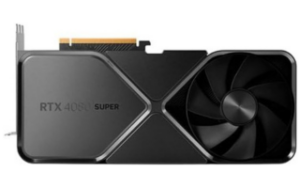The Nvidia GeForce RTX 4080 Super graphics card is a marginal improvement over the 4080, but worth considering if you’re still maining a 30-series (or lower) GPU.
Nvidia GeForce RTX 4080 Super graphics card review: Quality bump
If you’re a Team Green fan who wants no-compromise 4K gaming, you’re likely looking at either the Nvidia GeForce RTX 4080 or its pricier 4090. Now there’s a new contender in town. While the RTX 4080 Super can’t compete with the 4090, it’s worth considering if you’ve been holding out for a base 4080. Let’s take a closer look at why.
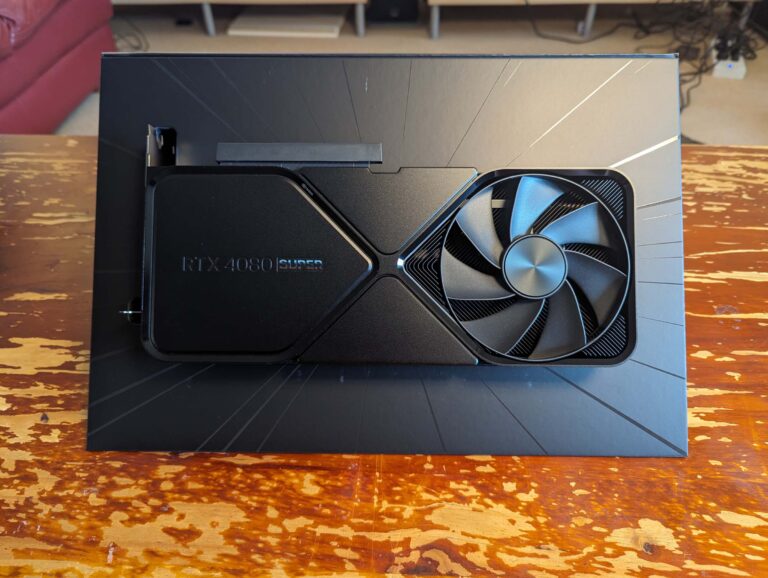
How much does RTX 4080 Super graphics card cost in Australia?
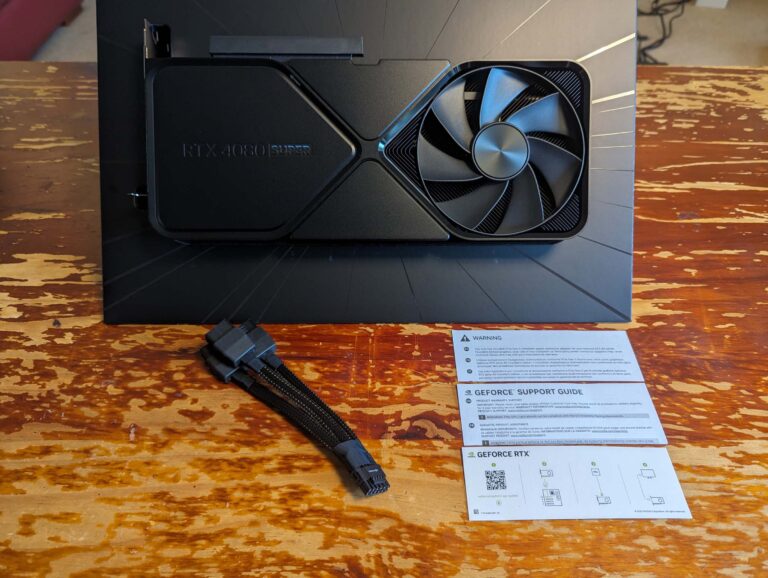
If you want a top-of-the-line Nvidia 4090 graphics card, expect to fork out at least $3,000. But base 4080s go for between $1,700ish to $2,400ish. The thing is, Nvidia has priced the 4080 Super at the same range as the base 4080. For a Team Red contender, consider the AMD Radeon RX 7900 XTX, with prices ranging from around $1,600 to closer to $2,000. Generally, expect better 4K performance (more so for ray tracing) for the RTX 4080 Super vs the RX 7900 XTX.
Nvidia GeForce RTX 4080 Super design and installation
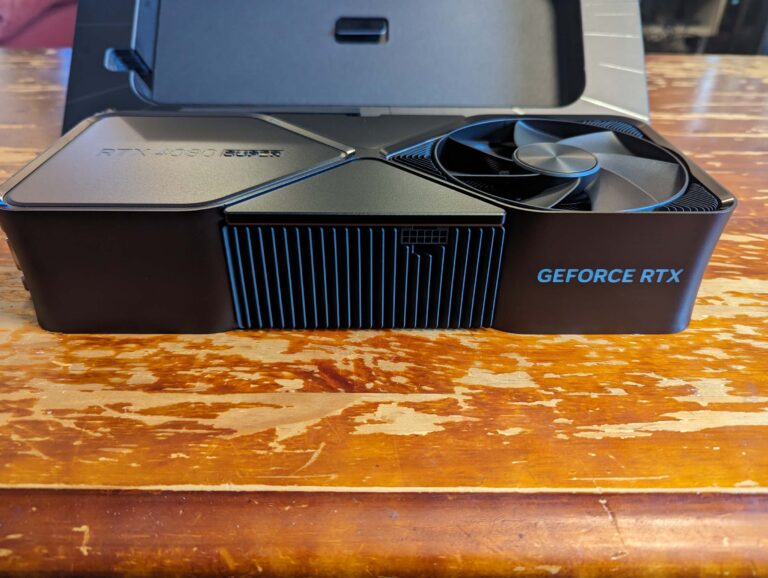
Nvidia has opted for an all-black design for its 40-series Super cards, ditching the silver trimming of its base GPUs. What hasn’t changed between 4080 and 4080 Super—at least as far as the Founders Editions are concerned (what Nvidia sent me)—are the size and power requirements. The 4080 Super is 304mm long and 137mm wide, taking up three slots and needing three PCIe eight-pin cables to power it.
Speaking of power, RTX 4080 Super draws up to 320W, and it got up to around 310W during my testing. As is the trend, fans don’t kick in until the GPU reaches a certain temperature, but the 4080 Super fans didn’t whir past 40% in my tests, with a max hot-spot temperature of just under 72 degrees Celsius. The fans take about 100 seconds to stop when shifting from a demanding game to everyday computing.
In terms of installation, there aren’t any tricks outside of worrying about how a PCIe slot and three case screws can hold the roughly 2kg of graphics card. Like the base 4080, the RTX 4080 Super I reviewed had a magnetic port on the non-PCIe end to attach a stand for extra support if you’re worried about sagging. I’ve been using a base 4080 Founders Edition for more than a year inside a vertical case and haven’t had any issues with sagging.
RTX 4080 Super benchmarks
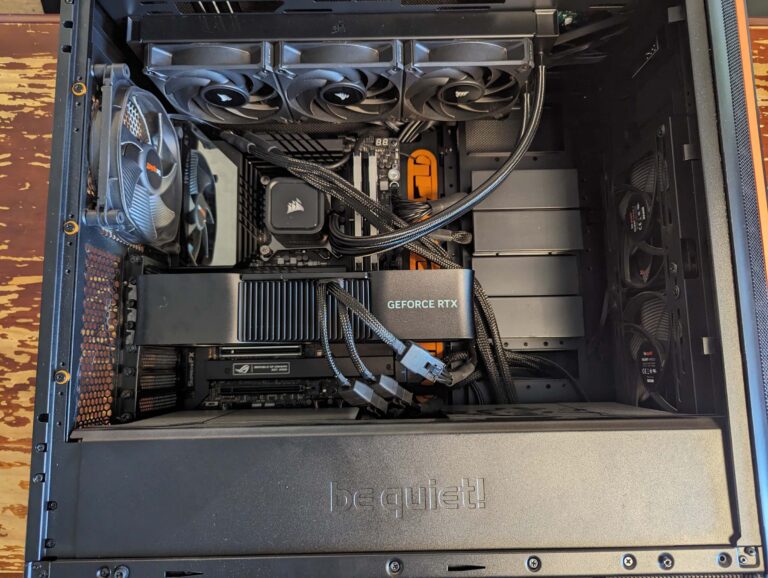
The Nvidia GeForce RTX 4080 Super is built for 4K gaming, which includes native UHD resolutions. Still, not everyone has a UHD display, which is why I tested 10 games across 4K, 1440p and 1080p resolutions. All games were set to the highest available fidelity preset. Ray tracing was enabled where available; Total War: Warhammer 3, Call of Duty: Modern Warfare III and Red Dead Redemption 3 tests didn’t use ray tracing. For easy comparison, the table below has RTX 4080 frames per second (fps) on the left and 4080 benchmarks on the right.
There’s not a lot in it at 1080p resolution, most notably for The Talos Principle 2, Total War: Warhammer 3, Returnal, Dying Light 2 and Hitman 3. The best result at Full HD resolution is for Avatar: Frontiers of Pandora, which has an 18% lead. It’s a similar low-percentage-gain story for 1440p. Warhammer 3 scored marginally better frames with the base 4080, with single-digit percentage improvements on the 4080 Super for most games. The only exceptions were a 11% improvement at 1440p for Red Dead Redemption 2 and a 19% boost for Avatar.
4K is the real test case for the 4080 Super vs 4080, though. Still, it was another case of single-digit improvements for eight out of the 10 games. As with the 1440p results, Red Dead Redemption 2 and Avatar had the most respectable leads: 10% and 27%, respectively.
As you’d hope, frame rates improve when DLSS is enabled. I set DLSS to Balanced for all relevant games. The results in the table below show the frame rates and percentage improvements (vs native resolutions) with DLSS enabled. Note that Modern Warfare III, Dying Light 2, Cyberpunk 2077, Hitman 3 and Returnal all use DLSS 3 for some of the best results.
At 1080p upscaled resolution, only Red Dead Redemption 2, Avatar and F1 23 had middling gains, with every other tested title offering at least a 41% fps improvement. For upscaled 1440p, Red Dead Redemption 2 had the lowest improvement at 14% but Cyberpunk 2077 boasted an impressive 71% boost. Cyberpunk 2077 also went from an unplayable 16fps at native 4K resolution to a smooth 67fps with DLSS 3 frame generation enabled. The ‘worst’ 4K frame rate improvement was 23% for Red Dead Redemption 2, helping to underline how much the RTX 4080 Super is built for 4K gaming.
In case it’s not already clear, the RTX 4080 Super isn’t intended as an upgrade to the base 4080. If you’ve got one of those GPUs, you’d be looking at a whole lot of single-digit percentage gains for the games I tested. Modern Warfare III had the best improvement with a 13% fps boost at 4K compared to the base 4080. Outside of a few other 10%-ish gains, none of the other RTX 4080 Super results were enough to make more than a dent in the base 4080’s DLSS frame rates.
- CPU: Intel Core i9-13900K (AI overclock)
- Motherboard: Asus ROG Maximus Z790 Hero (2102 BIOS)
- Memory: Kingson Fury Renegade RGB 32GB DDR5 6400MHz
- Power supply: Corsair AX1600i 1600W 80 Plus
- Monitor: Acer Predator XB273K UHD G-sync (up to 4K @ 120Hz)
- Case: Be Quiet Dark Base Pro 900 Rev. 2 (full tower)
- Operating system: Windows 11 Version 23H2 (OS Build 22631.3296)
- GPU driver: Nvidia GeForce Game Ready Drivers (551.86)
RTX 4080 Super gameplay and everyday
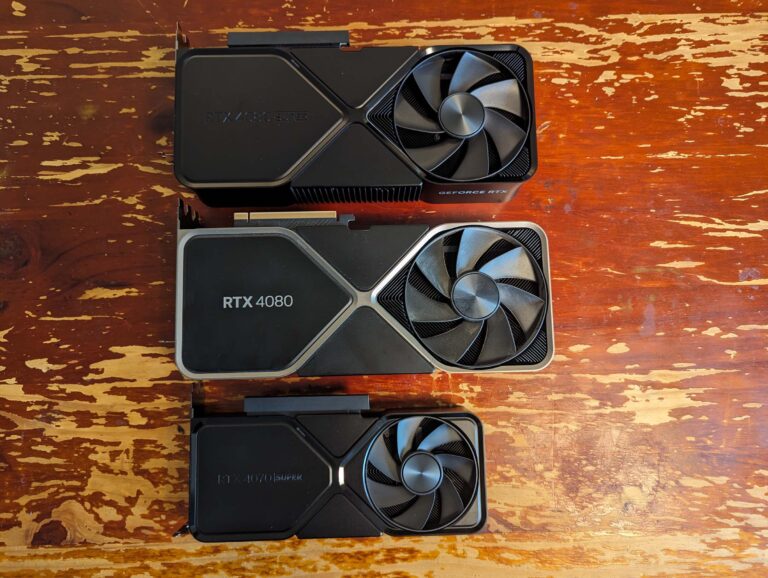
Higher frame rates are great and all, but they won’t do you any good if your monitor can’t display those extra frames. For me, my main screen is a 120Hz 4K monitor, which means anything over 120fps isn’t being displayed. With that in mind, I tested a bunch of other games at 4K resolution with the Nvidia GeForce RTX 4080 Super on max settings.
My go-to multiplayer game Hell Let Loose, which has up to 100 players and is typically quite demanding, scored an average of 150fps during my tests. Recent releases Alone in the Dark, Horizon Forbidden West Complete Edition and Helldivers 2 got up to 144fps, 60fps and 80fps, respectively, all at native 4K resolution. Even early access games have great results at native 4K resolutions. Deep Rock Galactic: Survivor averaged an impressive 189fps, while visually demanding Witchfire averaged 75fps.
DLSS 3 really is a game-changer for visually demanding games. Star Wars Jedi: Survivor went from 46fps at native 4K resolution to a smooth 115fps with frame-gen on. Unless you want to play at around 30fps, Alan Wake 2 leaps to just shy of 100fps with frame-gen enabled. There were 70+ games with DLSS 3 at the time of writing and hundreds of DLSS 2 titles, with more games supporting the tech each month.
While my Be Quiet desktop case lives up to its name, I didn’t notice any extra noise from the RTX 4080 Super in comparison to my base 4080 GPU while gaming or for everyday computing. That’s not surprising given most computing applications and even low-demanding games don’t heat up the Nvidia 40-series graphics cards. While idle, the RTX 4080 Super was drawing under 50W. If you’re interested in using the RTX 4080 Super for video encoding, here’s how it compares to the RTX 4070 Super and the base 4080 when running a 4K encode of a 55-minute recording.
4080 Super for new-release games
I’ve had the Nvidia GeForce RTX 4080 Super in my main PC since July 2024 with the noted system specs above. The only difference is the RAM is running at a conservative 4800MHz and the Z790 motherboard has been updated to BIOS 2503, both of which are a result of the Intel kafuffle surrounding the problems with 13th and 14th gen CPUs. I’ve already had to RMA my original Intel Core i9-13900K once and I’m not keen to do it again. Gripes aside, I wanted to update this section with the latest and greatest games as they come out to see how they run with the 4080 Super.
Star Wars Outlaws
Star Wars Outlaws is the first one that’s really pushed my high-end rig in 2024. The open-world Star Wars game defaulted to the ultra graphics preset (with ray tracing enabled), but insisted on keeping DLSS on. Hmm. Outlaws has support for DLSS 3.5, which is still a great upscaling solution for older-model Nvidia GPUs, while 40-series wielders can add in frame-gen for even better frame rates. Outlaws is gorgeous, particularly at 4K resolution, and the incremental improvements for DLSS frame-gen off and on offer great fps improvements without the noticeable visual oddities of older versions of the upscaling tech.
The disclaimer there is there are some Snowdrop engine graphical-rendering issues and what feels like a video RAM leak according to my Reddit sleuthing. After playing for a while, the game sometimes drops to low-res textures, which is a noticeable immersion damager compared to its usual gorgeous state. Restarting the game or editing the config file (per that Reddit link) has helped somewhat, but there wasn’t an in-game fix for the issue at the time of writing.
There also isn’t an in-game benchmark tool, unfortunately—something Ubisoft games have been great for in recent times—but all of my frame-rate tests below (and for the 4070 Super) were done on the same 2.2km stretch on the Toshara planet, which plenty of background detail, reflective surfaces and other onscreen effects. Of the planets I’ve visited in Outlaws, Toshara typically took the biggest hits to frame rate, so it’s a great place to test. Check out the results below. Note that, as above, all DLSS tests are set to the Balanced preset. I’ve also added the frame rates for 1% lows, GPU temperature, as well as GPU and CPU utilisation percentages for a fuller performance picture.
Age of Mythology: Retold
The original Age of Mythology is one of my favourite games of all time. Usually, a remaster or reboot looks the same as you remember a game, even though that memory is very, very rose-tinted. But there’s no denying that Age of Mythology: Retold looks better than you remember. You can (and should) crank up the graphics to a degree where a pop-up warns you that your PC might struggle during end-game battles. But who cares when it looks this good, especially with the tempting ‘Ray Tracing Mythical’ option begging to be toggled on.
Unfortunately on the upscaling front, there’s no DLSS to be seen, instead relying on FSR 2.0. While Retold looks gorgeous in the benchmark and during gameplay, adding extra layers of visual appreciation and world-building, that benchmark offers results relative to whether you can play online instead of frame rates. Beat 1,000 and you’re good to go, which is great for keeping potato PCs away from online battles—admittedly, contextualised with some very reasonable minimum and recommended specs—which my rig comfortably beat at just shy of 1,700 with everything maxed out.
The thing is, I suspect there’s a bug in the benchmark that makes the benchmark render at 4K regardless of resolution with 58fps at native 4K and 82fps with FSR 2.0 enabled. Strangely, that 82fps was pretty much consistent for native and FSR 2.0 tests at 1440p and 1080p, mostly without full GPU utilisation and only around 20% CPU in use. Go figure. So, no fps chart below but that still doesn’t stop the game from looking great and running great in my non-benchmark tests. The campaign is a bit kinder on frame rates, too, so native 4K is very playable.
Black Myth: Wukong
Black Myth: Wukong took Steam by storm throughout 2024 as the most wishlisted game. Fast-forward to its release and, well, let’s just say I’m glad to be testing on 40-series graphics cards. Why? While Black Myth is a gorgeous game when maxed out, it’s also very, very demanding on the GPU with ray tracing and a so-called ‘Cinematic’ max fidelity setting. I continued to use DLSS Balanced for relevant in-game benchmark tests, but I shifted the slider to Ultra Performance for more responsive gameplay at higher frame rates.
Typically, there’s a noticeable difference between Balanced and Ultra Performance, but Nvidia continues to improve DLSS in its third iteration, though there is some noticeable blurring on certain fast-paced attacks. Outside of this, as was the case with Star Wars Outlaws, there’s a drop in blurring around text, UI elements and, most importantly, the main character. It means you can still play at 4K resolution with maxed-out Cinematic settings but still enjoy the responsive 60fps+ gameplay.
Full disclosure: I stuffed up my FrameView tracking with some of the tests, so you won’t see much outside the average fps for those, but the main 4K scores have all of the relevant results below. I found that the in-game benchmark was mostly comparable to gameplay frame rates, at least in the starting section. It’s surprising to see how little the CPU is used but, as you can see from the unplayable native 4K frame rate, DLSS is a must, and frame-gen is arguably essential to get 60fps if you want to play maxed out at 4K.
Frostpunk 2
Given that Frostpunk 2 only takes up around 30GB of disk space, I was of the mistaken first-glance impression that this should somehow lead to insane frame rates. How wrong I was. Pre-release, even the prologue was unplayable at native 4K resolution with maxed-out Ultra High settings. I had to use Balanced DLSS with frame-gen to get a playable frame rate. Post-release and in the main campaign, frame-gen keeps the frame rate at around 100fps. Impressively, FSR 3 with frame-gen enabled had the same results in my test area, so that GPU-agnostic tech is catching up in terms of performance.
Keeping DLSS on but disabling frame-gen puts it at the 60–70fps range, while native res is a jerky 20fps mess. The launch wasn’t particularly well optimised, but subsequent patches have gotten Frostpunk 2 to a better place. Still, DLSS or FSR is absolutely essential for Frostpunk 2, and frame-gen helps to add to the overall smoothness as your city expands. This marks a string of recent games where AI upscaling feels more essential than nice-to-have.
Space Marine 2
Space Marine 2 isn’t just one of the best action games of the year, it’s also a really gorgeous game. At native 4K resolution, there are dips under 60fps with ultra settings, which are likely exacerbated in at least one internal area with a lot of bugs and fire. Still, DLSS is right there, and it reliably netted me an extra 20–30fps, which is very playable for this type of game.
It also means I didn’t even feel obliged to drop the resolution or lower the maxed-out settings. Despite being an action title where you fight against overwhelming numbers, it’s not so twitchy that you really need anything beyond 60fps (unlike, say, Call of Duty). If your GPU supports it, crank up the fidelity options to enjoy some gorgeous art design and a whole lot of scope and detail in the backgrounds.
Sumerian Six
Sumerian Six is a real-time tactics game that proves the frankly fantastic subgenre didn’t die with Mimimi Games’ closure. It also has great stylised graphics that’ll likely look as good years from now as they do today. Something tells me there’s an in-engine frame rate cap, though, because I couldn’t seem to get anything beyond 160fps when I was messing around with lower resolutions.
Admittedly, it runs at around 90fps with max graphics settings and at a native 4K res, which is extremely playable for this type of game. Sumerian Six has DLSS, too, which got me up to around 150fps with the balanced setting. That 150–160fps mark was consistent for native res 1440p and 1080p, where DLSS didn’t appear to have any extra gains. Regardless, 60fps is all you feasibly need for these types of games, so don’t anticipate any issues running Sumerian Six on a 40-series graphics card.
The Plucky Squire
The Plucky Squire has such low hardware requirements that it honestly felt like overkill testing the opening section with a 4080 Super. Still, if you’ve ever wanted a game that you can comfortably play at native 4K resolution, this is it. I was getting around 250fps with the 4080 Super, which pushes my Alienware AW3225QF beyond its 240Hz refresh rate. That’s something you really don’t want to do with monitors. Like Sumerian Six, The Plucky Squire has a stylised look that’ll hold up in the future, but it’s not really the kind of game you can use to push the limits of a cutting-edge graphics card. Still, if you want a game that pushes monitor refresh rates to their limits, you can reportedly get up to around 500fps at lower resolutions.
Diablo IV: Vessel of Hatred
Diablo IV has received some graphical love since launch, and what better time to take it for a spin than with the Vessel of Hatred DLC. It’s still as pretty as I remember from launch, but it now boasts ray tracing and DLSS. At native 4K resolution with everything maxed out, the frame rate went as low as 30fps in a busy town, which isn’t ideal. In those framier parts of town, it jumped to 65fps with DLSS set to balanced.
Note that at the time of writing, frame-gen was temporarily disabled, so I’d anticipate even better frame-rate gains once back in the game. Out in the open world, I was getting around 100fps, and then closer to 150fps when I pushed the max frame rate to 400fps (which appears to be linked to earlier lower performance scores). If you’re a 40-series owner, it’s worth enabling ray tracing and DLSS to have a better-looking game with playable frames.
Silent Hill 2
As someone who never played the original Silent Hill 2, I didn’t go into the Bloober Team remake with any real expectations. But there were two distinct initial impressions. First, this game is stunning from the get-go and more so once you get deeper into the game. Second, it’s a very graphically demanding title. With max settings, I was struggling to get a solid 30fps at native 4K resolution.
I’m the kind of gamer who considers 60fps to be the true minimum, and given Silent Hill 2’s reliance on dodging in melee combat (not to mention shaky aim), I’d argue 60fps is essential to a better experience. With DLSS on and ray tracing maxed out, my frame rate never dropped below 40fps, and mostly hung around 60fps+. There are parts of the game that are either more demanding or less optimised (hard to tell), but given how beautiful the game is and how immersive the art design is, I’d say trying to retain as much pretty as possible should be the goal. Fingers crossed frame-gen is officially added in the future.
Is the RTX 4080 Super graphics card worth buying?
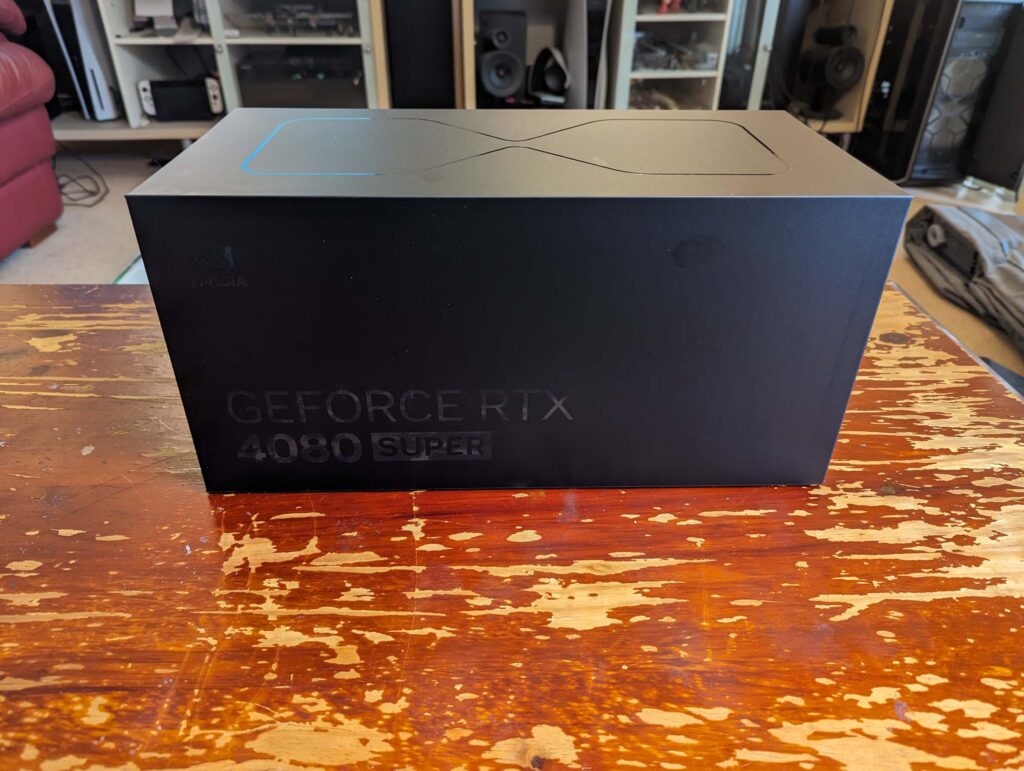
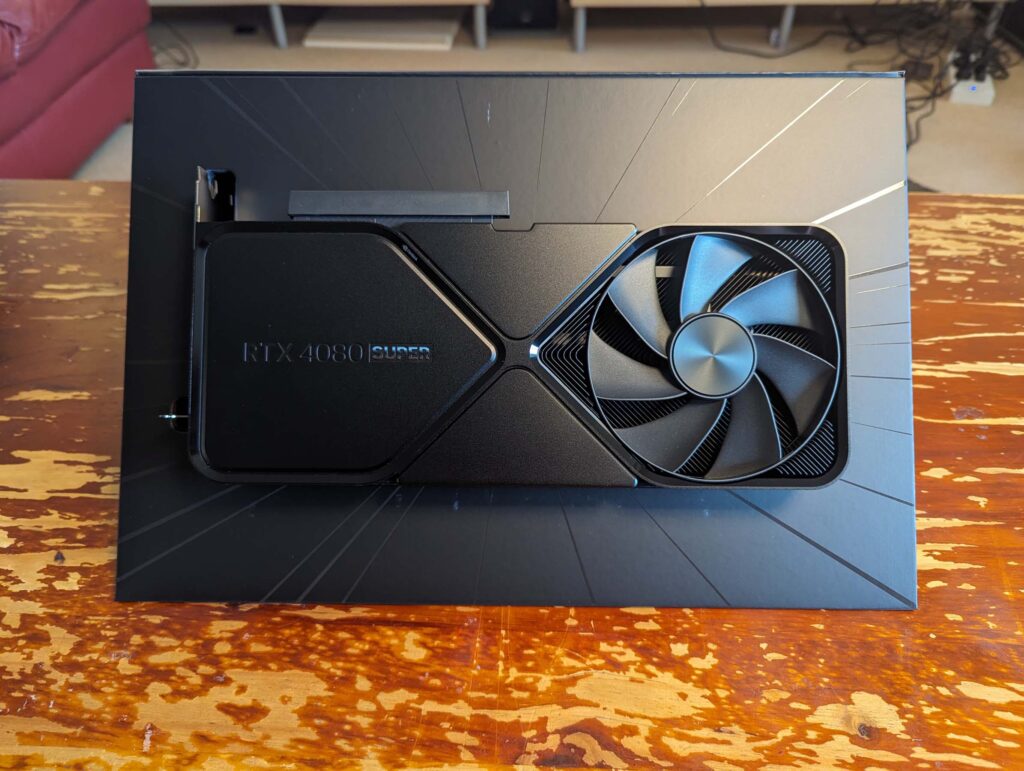
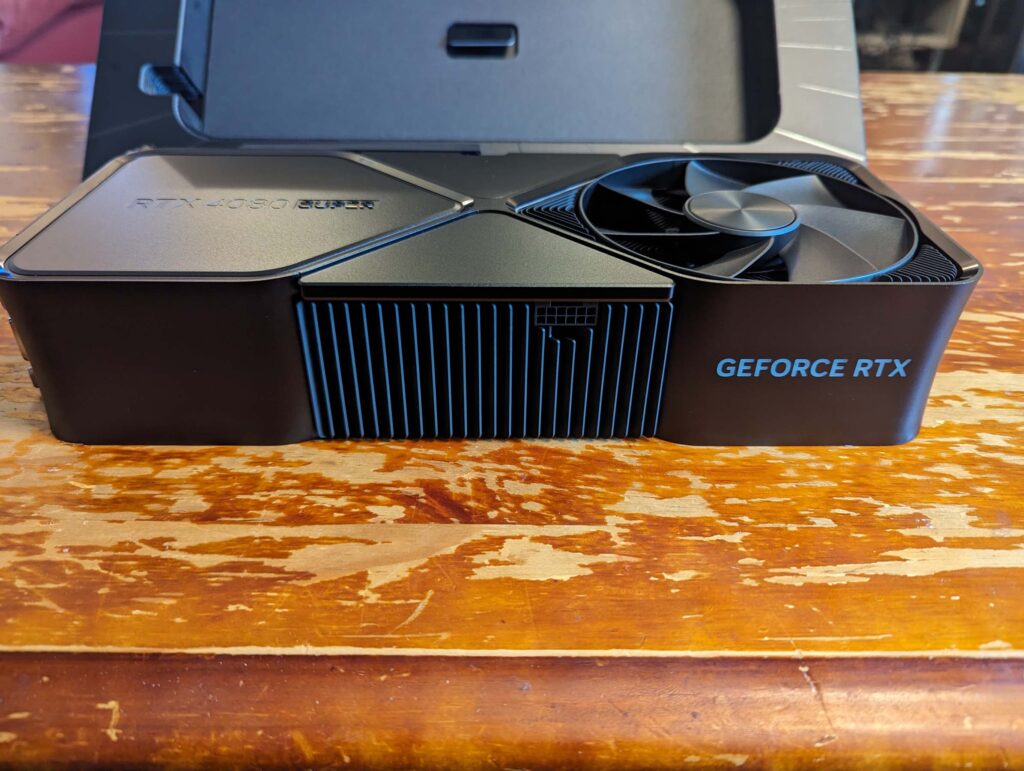
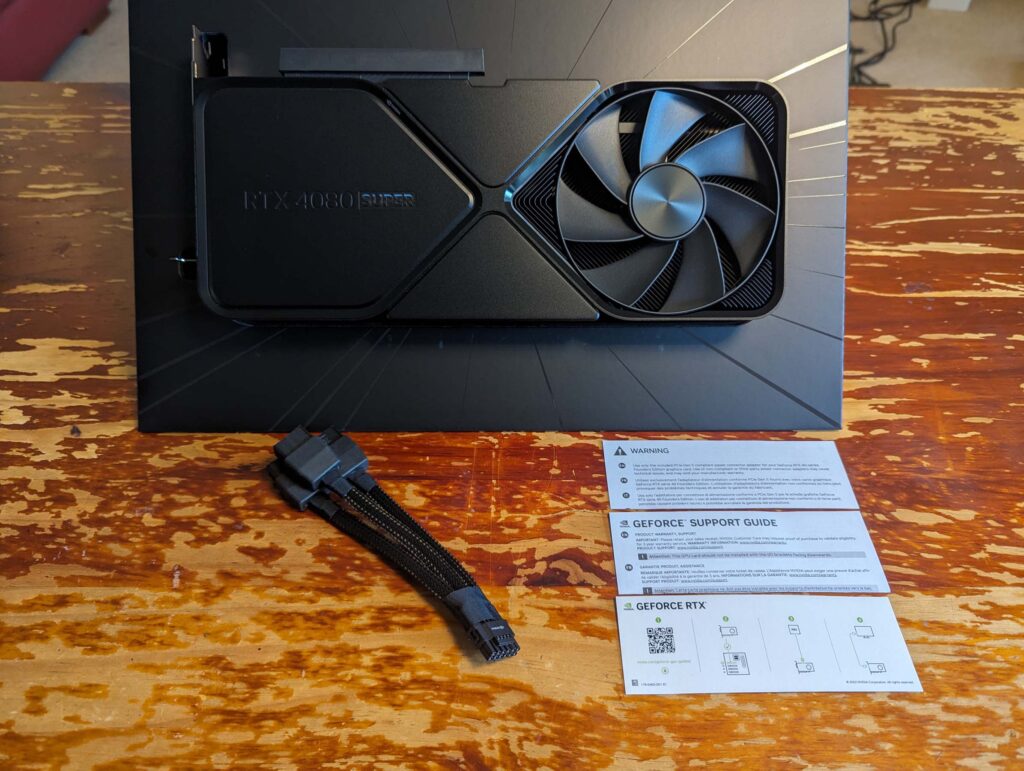
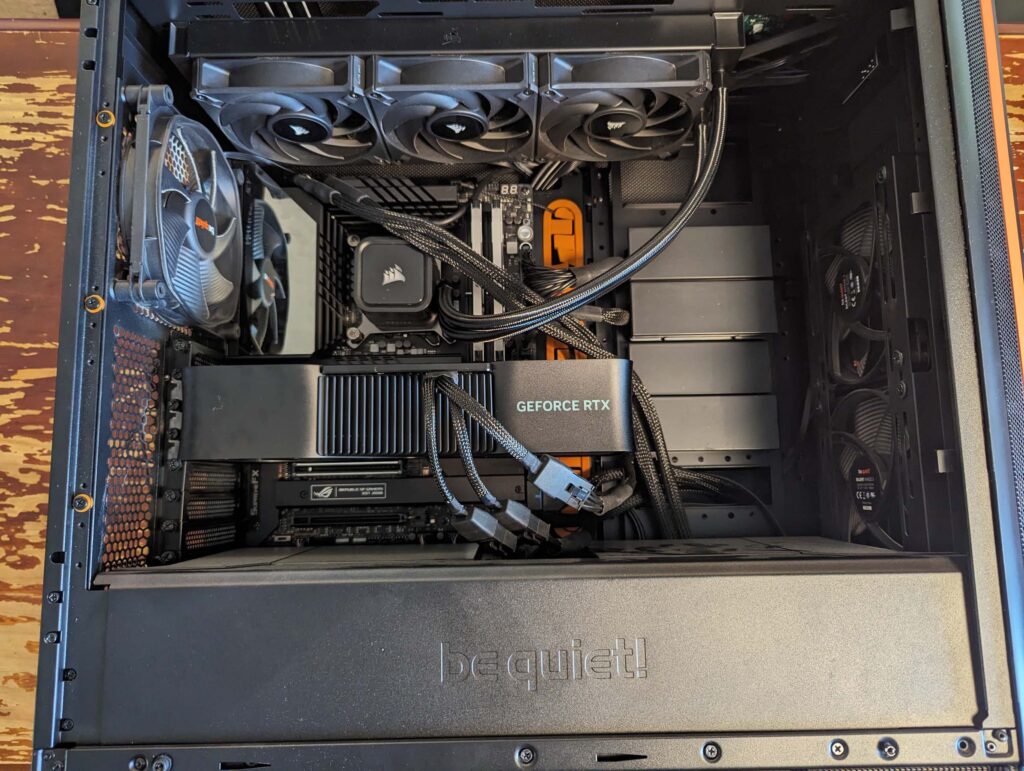
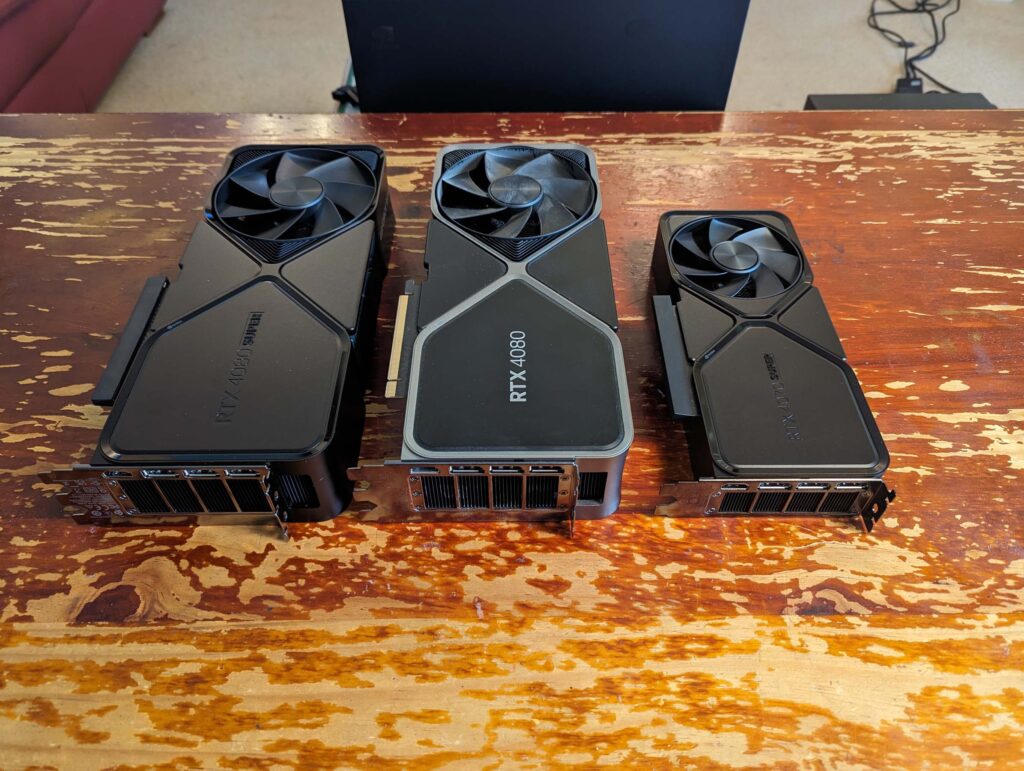
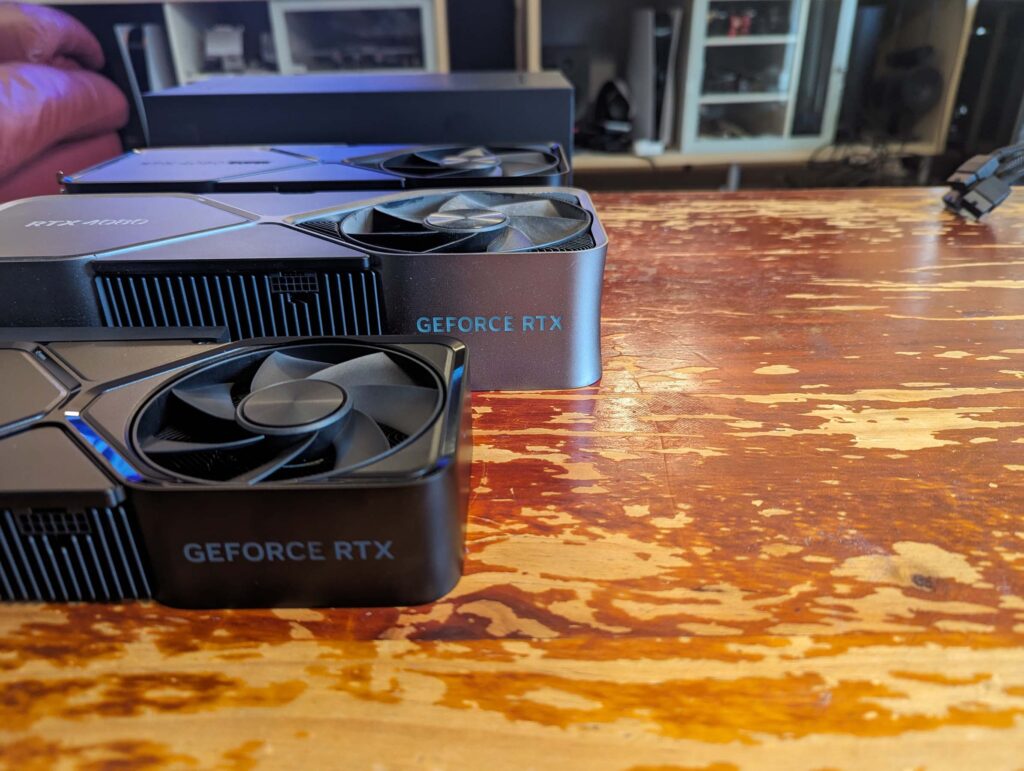
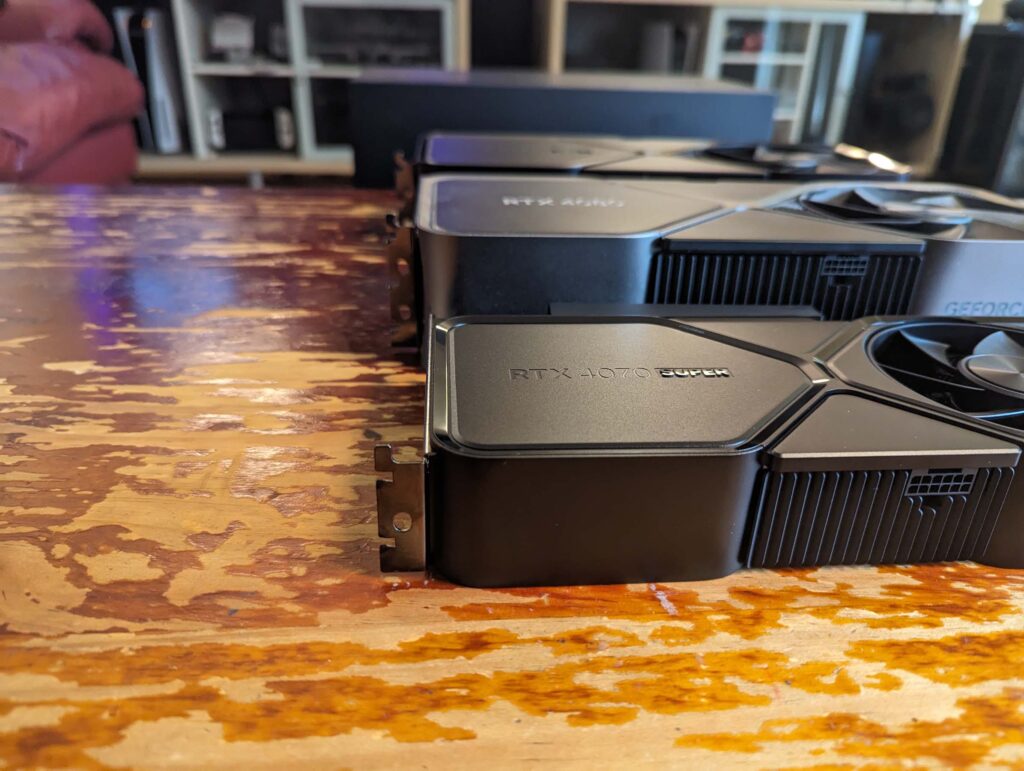
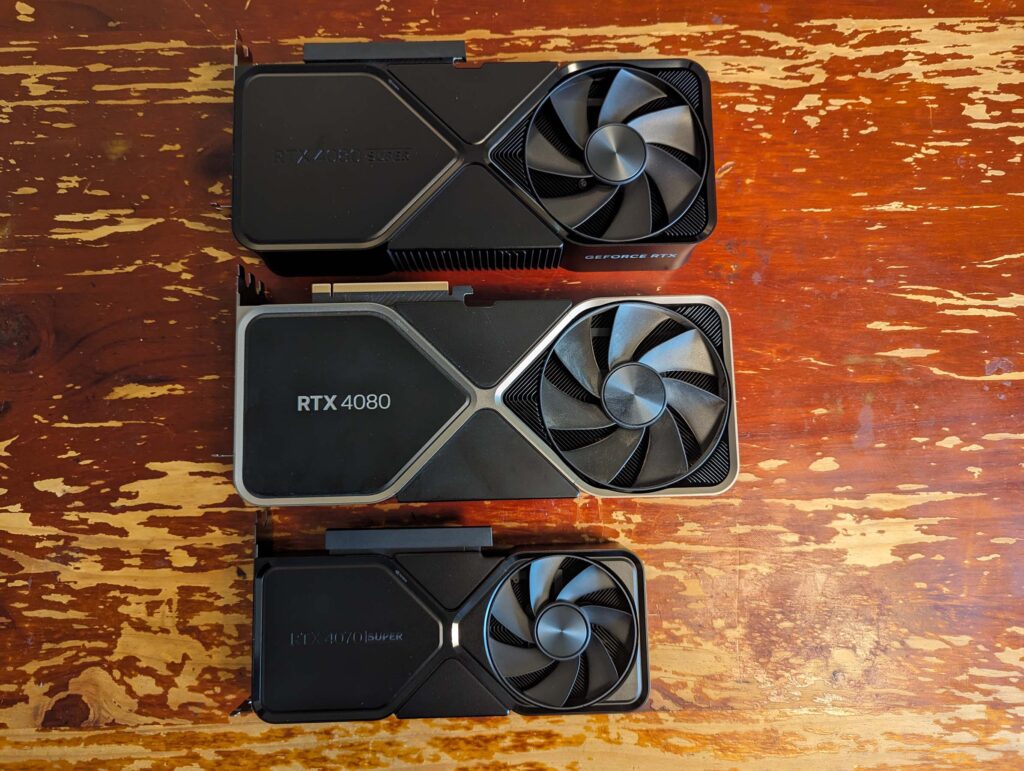
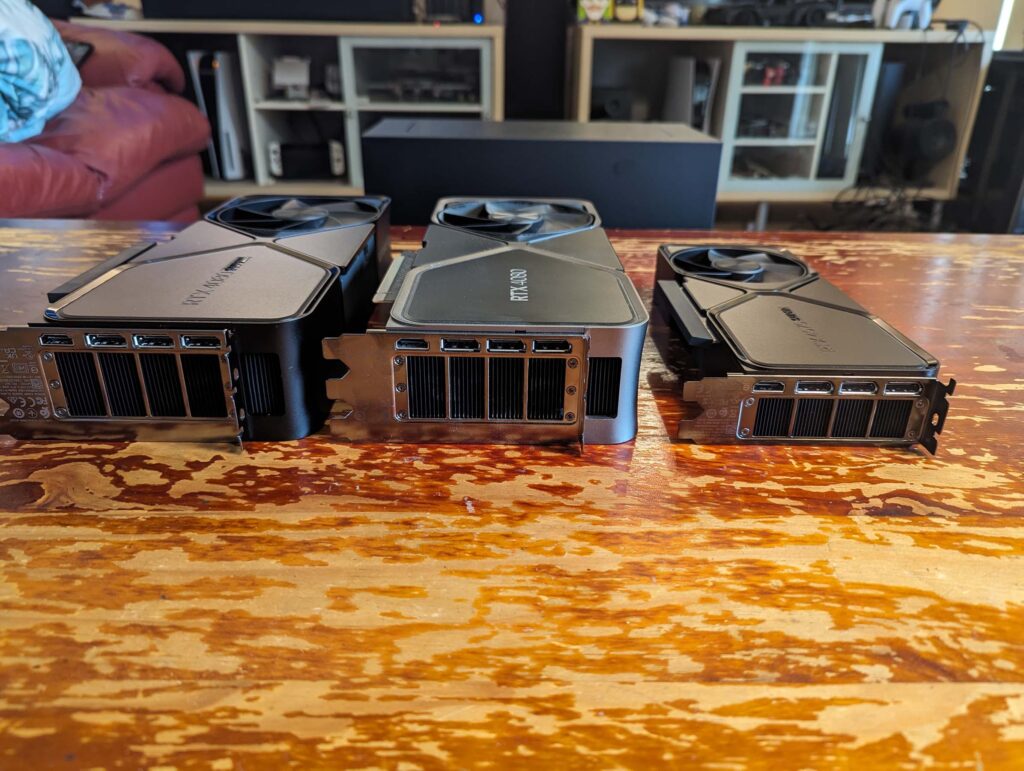
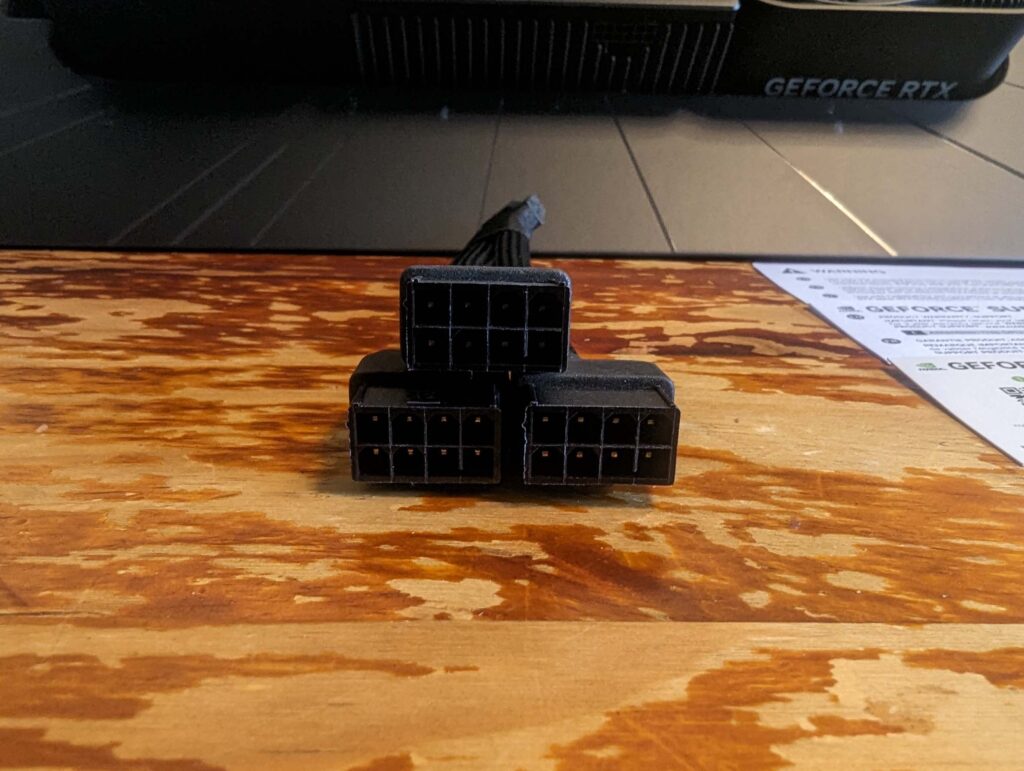
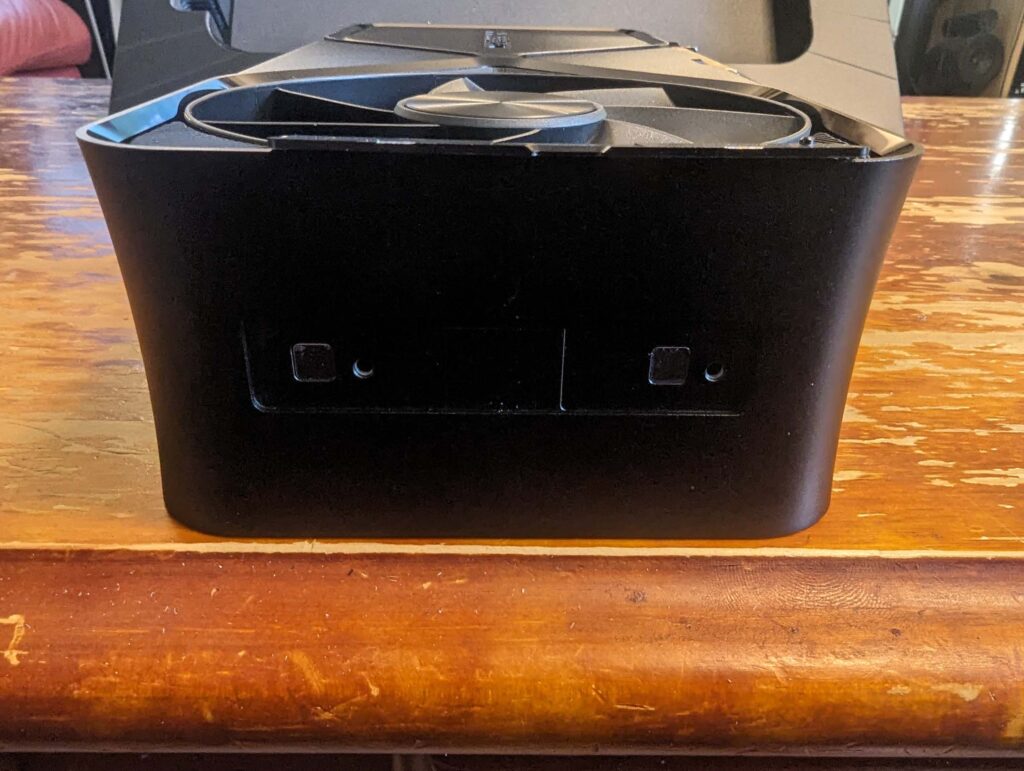
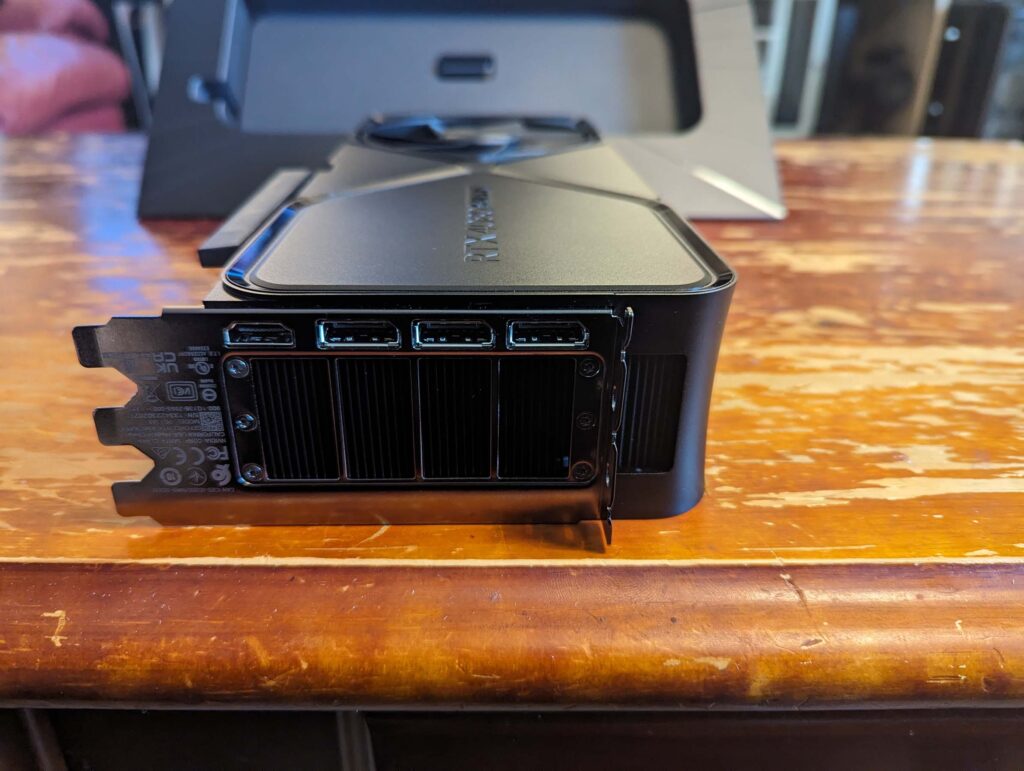
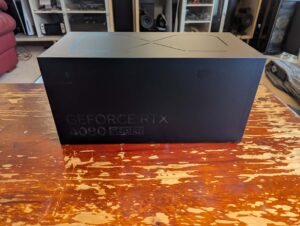
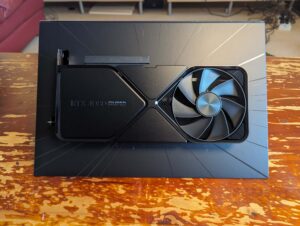
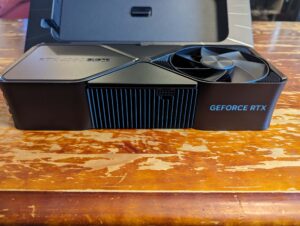
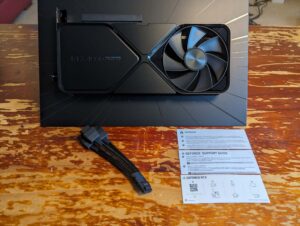
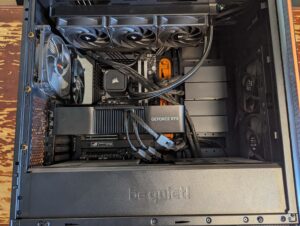
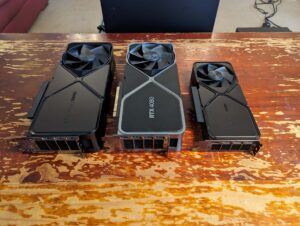
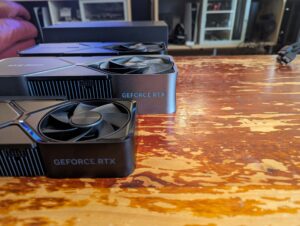
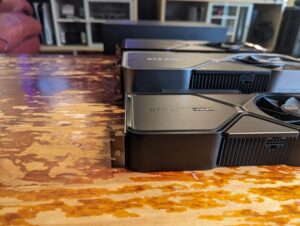
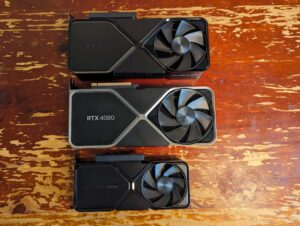

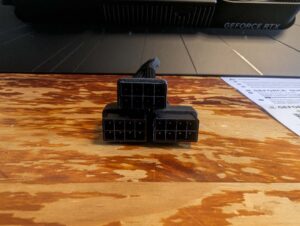


If you already own a 40-series graphics card, the Nvidia GeForce RTX 4080 Super isn’t for you. But in fairness, it’s not meant for you. Any Team Green fan or GPU-agnostic gamer who’s been saving up for a 4K upgrade, though, should absolutely consider the RTX 4080 Super. Whether at native 4K resolutions or DLSS upscaled, the RTX 4080 Super offers impressive results at a competitive price, plus it chews up any resolution below 4K, too.
How we review graphics cards
Our review starts with unboxing and installation. A good graphics card must come with any relevant adaptors to get it working out of the box. Similarly, we make note of any installation issues that arise in terms of weight, length, overall fit and concerns about blocked ports or potential airflow issues.
We use a core set of games with in-game benchmarks to determine base results for a graphics card, spread across 1080p, 1440p and 4K resolutions. Nvidia’s FrameView tool is enabled during capture to record key metrics, including average frame rates, GPU max temperatures and power draw.
Where possible, we contextualise these benchmarks by performing the same tests on older-model or competitor graphics cards. Next is to test AI upscaling and note performance gains, as well as testing the impact of fidelity features like ray tracing. Finally, we put the graphics card through the paces of typical use, including a mix of everyday computing and gaming stress tests.
Nvidia GeForce RTX 4080 Super frequently asked questions
Related Articles





